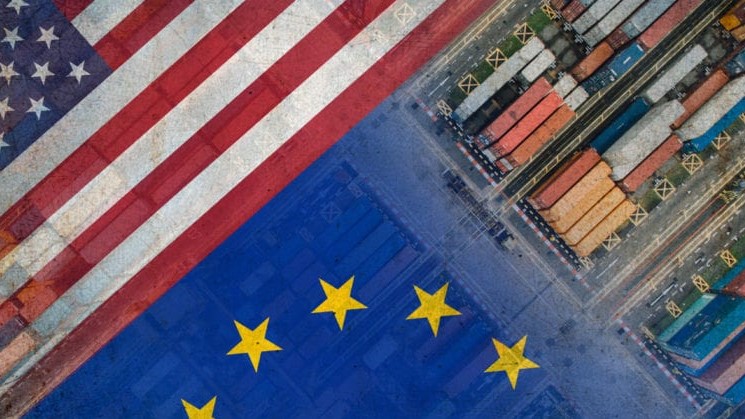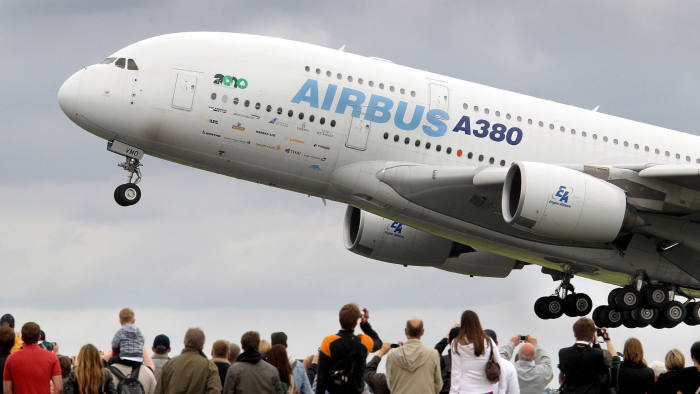Given the rising levels of protectionism witnessed in recent years, the announcement made over the weekend that the US and EU had agreed to a modest package of tariff reductions should be regarded as good news.
According to their joint statement, the EU will eliminate tariffs on imports of US live and frozen lobster products. US exports of these products to the EU were over US$111 million in 2017. The United States will reduce by 50% its tariff rates on certain products exported by the EU worth an average annual trade value of US$160 million, including certain prepared meals, certain crystal glassware, surface preparations, propellant powders, cigarette lighters and lighter parts.
These are the first tariffs cuts between the US and EU in more than 20 years. Encouragingly, the tariff reductions will be implemented on an MFN (most favored nation) basis, making them compliant with global trade rules.
While all this is undeniably welcome, the tariff reductions should be understood in the context of three important realities:
2. Lobster tariff reductions will only help recover lost ground
Lobster tariff reductions will only help the US industry recover ground that was lost as a result of trade war tariffs and ambitious liberalization pursued by others.
The Canada-EU Comprehensive Economic and Trade Agreement (CETA), which came into provisional effect in 2017, eliminated tariffs on Canadian lobster exports to the EU and allowed Canada to substantially displace US exports to the EU.
A second hammer blow was delivered in 2018 when China assessed 25% tariffs on US lobsters as part of the back and forth trade war tariffs. This closed the door to an additional lucrative export market. The EU tariff reductions were needed just to give the reeling US lobster industry a chance to recover previously lost export revenues and get back to square one.
© The Hinrich Foundation. See our website Terms and conditions for our copyright and reprint policy. All statements of fact and the views, conclusions and recommendations expressed in this publication are the sole responsibility of the author(s).







